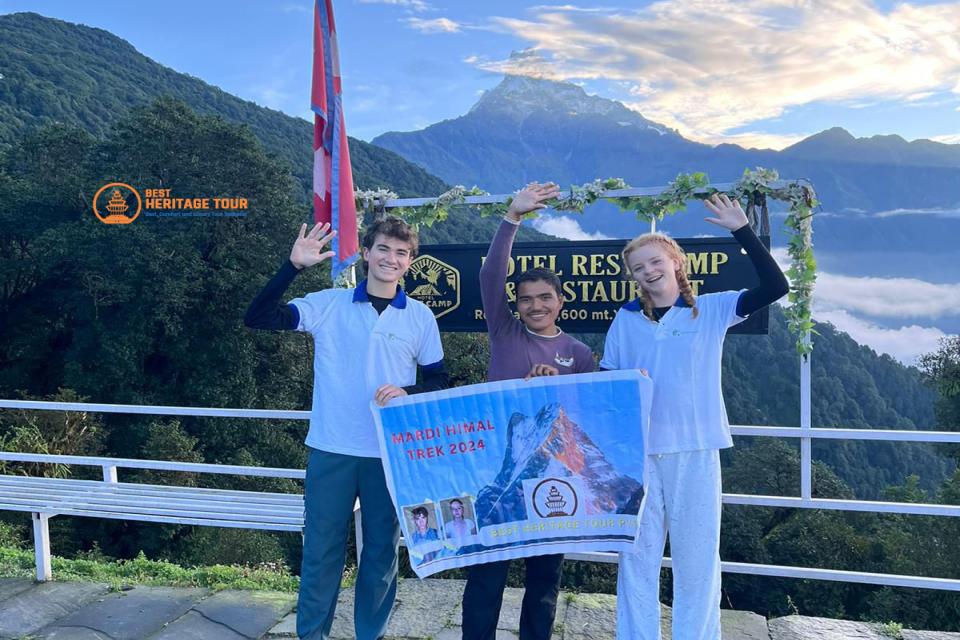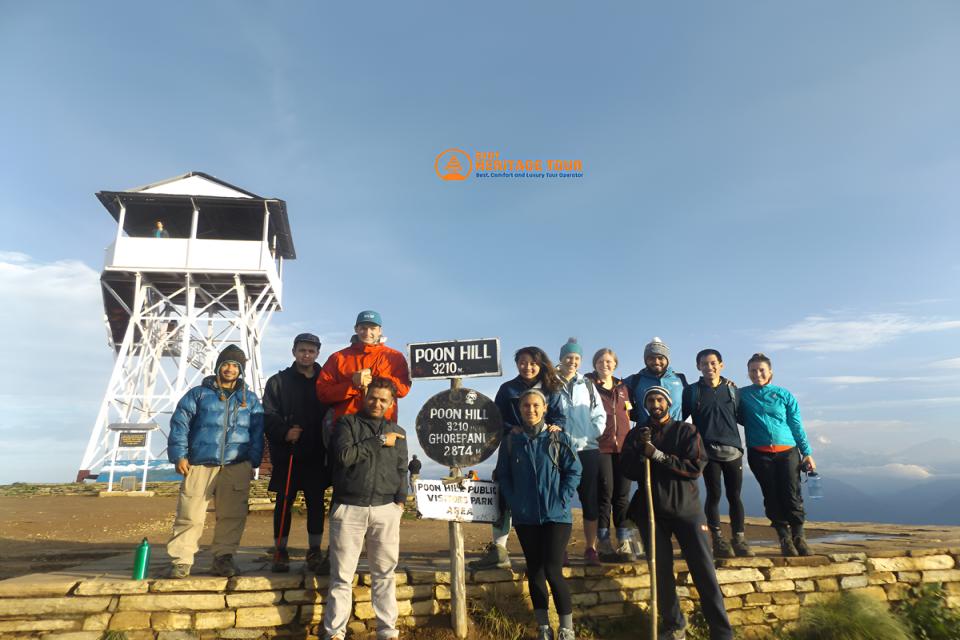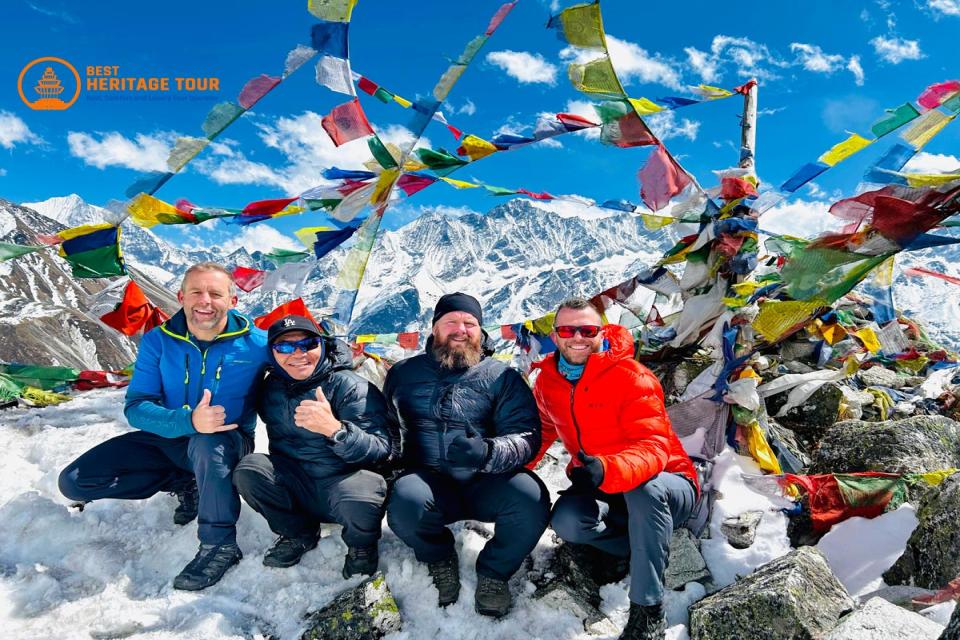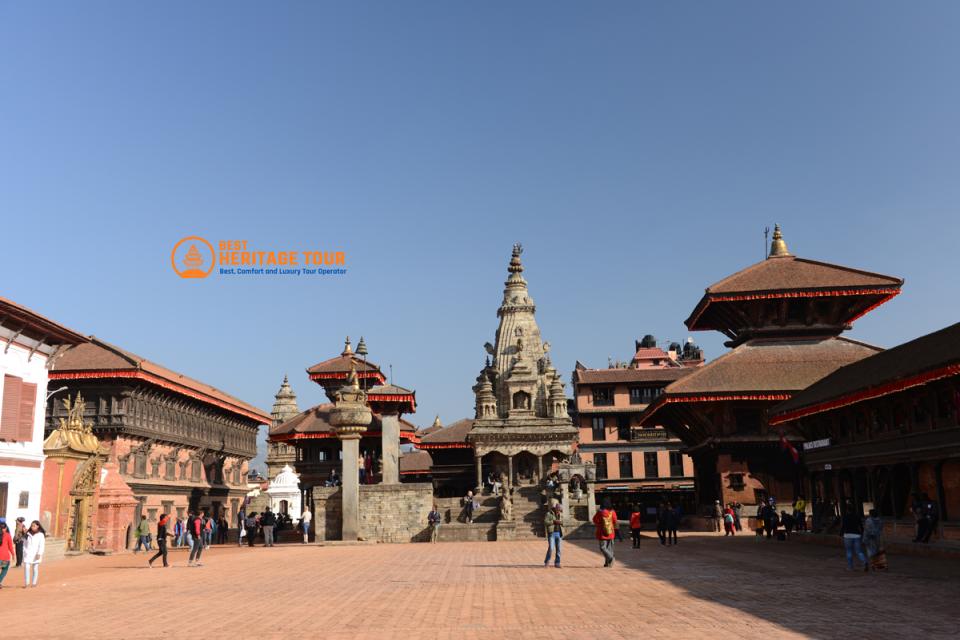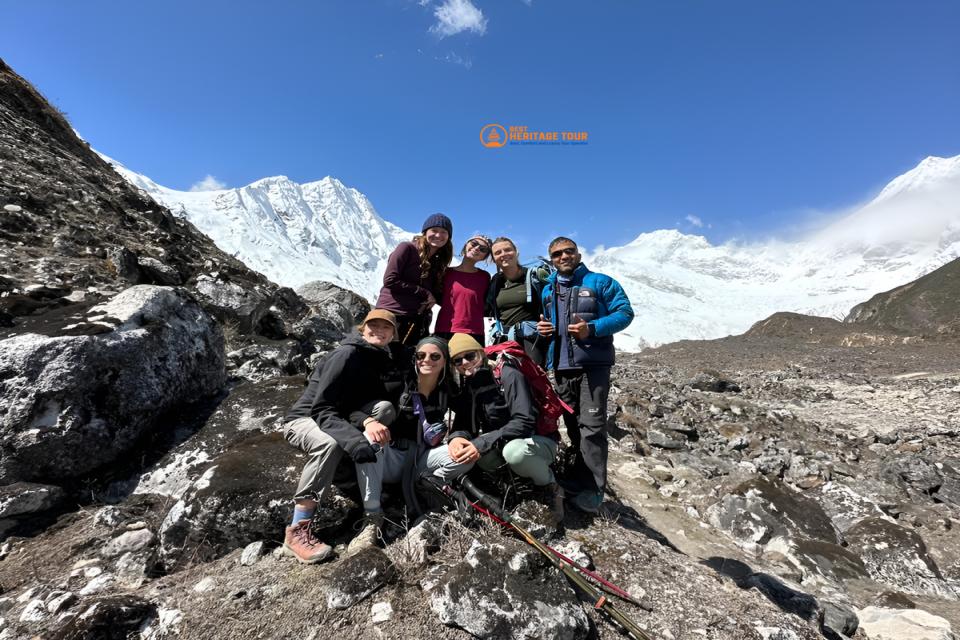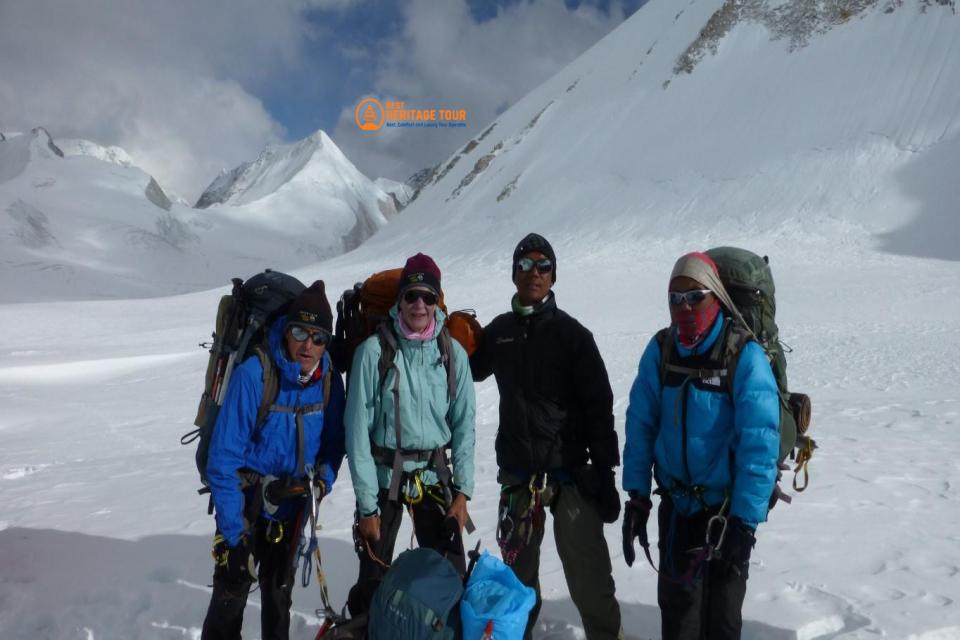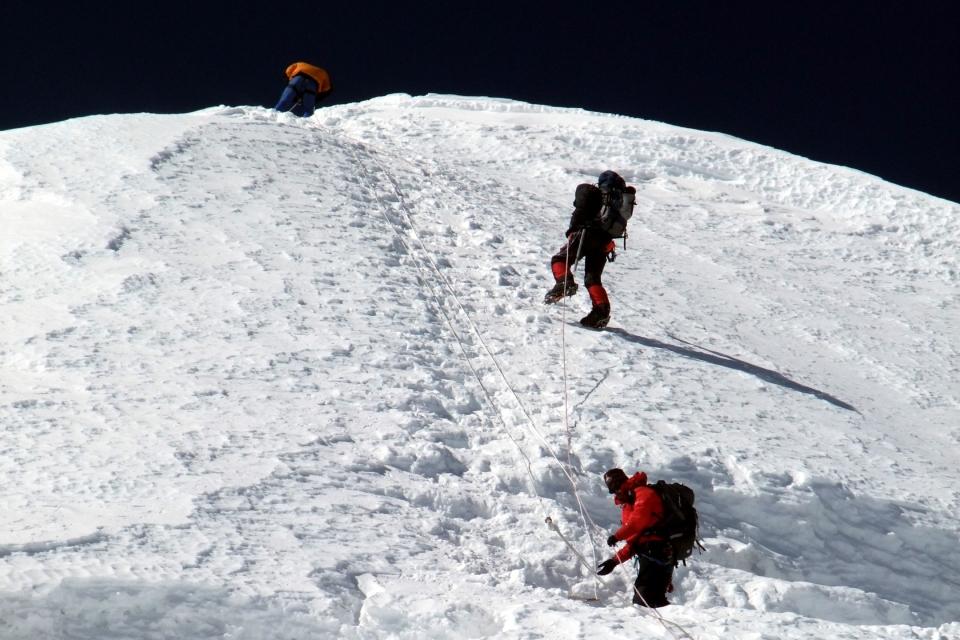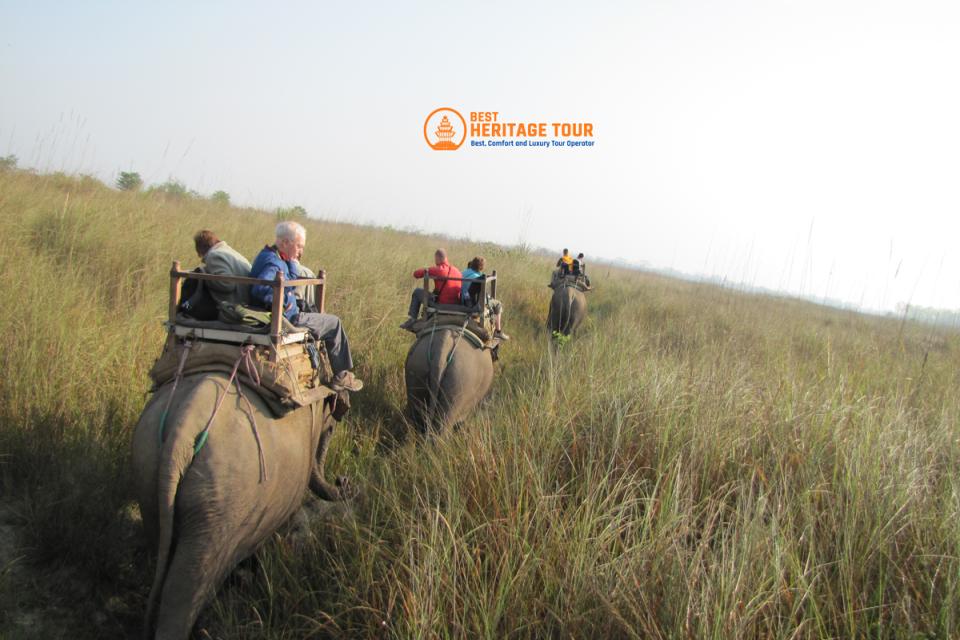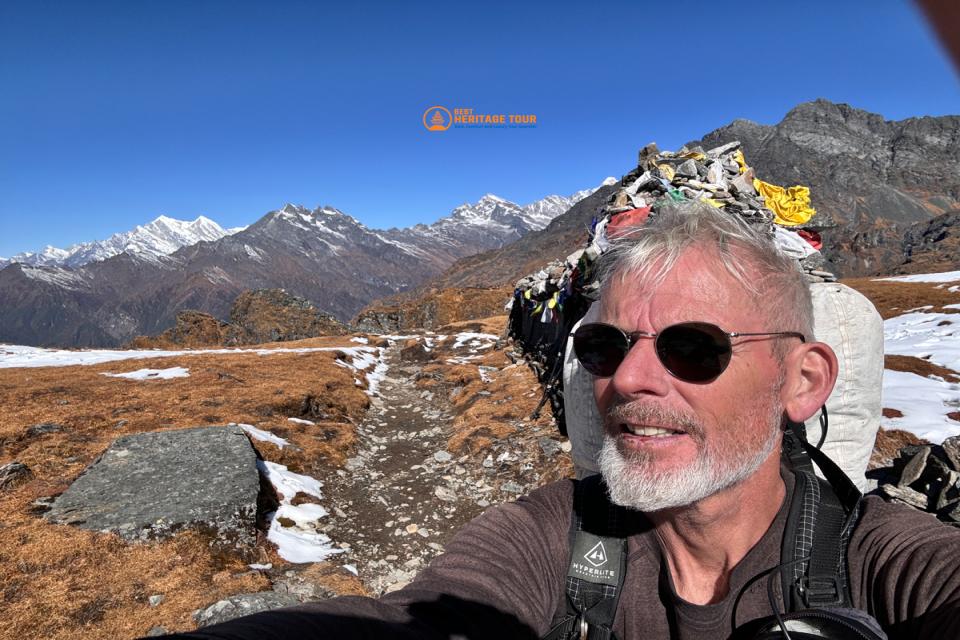For every trekker, tourist, and traveler venturing into the majestic landscapes and rich cultural heritage of Nepal, understanding the local currency and payment systems is crucial for a smooth journey. While Nepal is rapidly embracing digital payments, it remains a charming blend of the traditional and the modern.
As your trusted and reputable travel company - Best Heritage Tour, we’ve crafted this comprehensive, guide to equip you with all the essential, up-to-date knowledge about using credit cards and other digital payment methods across the country, from the bustling streets of Kathmandu to the serene trails of the Himalayas.
1. The Landscape of Credit Card Acceptance in Nepal
The first question every international traveler asks is: “Will my credit card work in Nepal?” The simple answer is yes, but not everywhere, and not without preparation. Nepal's payment ecosystem is largely cash-driven, especially as you venture outside the major tourist hubs.
1.1 Where Credit Cards Are Accepted
When planning your Nepal heritage tour or Himalayan trekking adventure, remember that your card is primarily welcome in the following locations:
-
Major Hotels and Resorts: All 3-star, 4-star, and 5-star hotels in Kathmandu, Pokhara, and Chitwan readily accept Visa and Mastercard.
-
Large Restaurants and Cafes: Upscale dining establishments, popular tourist cafes, and international chain outlets in areas like Thamel, Lakeside Pokhara, and Durbar Marg.
-
International Airlines and Travel Agencies: Reputable trekking and tour operators, including Best Heritage Tour, as well as domestic and international airlines offices, accept card payments for bookings.
-
High-End Souvenir and Carpets Shops: Larger retail stores that cater specifically to international tourists.
1.2 Where Cash is King
For a truly authentic Nepali experience, you must be prepared to carry Nepalese Rupees (NPR or Rs.). Cash is the only acceptable form of payment in many vital areas:
-
Local Transportation: Taxis, local buses, and micro-vans.
-
Small Guesthouses and Lodges (Tea Houses): Especially those on remote trekking routes (Annapurna, Everest Base Camp).
-
Local Markets and Small Shops: Street vendors, small grocery stores, and local handicraft sellers.
-
Temple and Monastery Donations.
-
Trekking Permits and National Park Entry Fees: Often requiring cash payment at specific checkpoints.
Best Heritage Tour Tip: When budgeting for a trek, calculate your daily expenses for food, hot showers, and Wi-Fi, and ensure you have enough Nepali cash to cover these costs, plus a reserve for emergencies. You cannot rely on credit cards or ATMs once you are on the remote trails.
2. Navigating ATM Cash Withdrawals in Nepal
The most common way for travelers to access the local currency (Nepalese Rupees) using their credit or debit card is through the vast network of Automated Teller Machines (ATMs).
2.1 Supported Card Networks
The majority of ATMs in Nepal, especially those associated with major international banks and larger Nepali institutions, support the following global card networks:
|
Card Network |
Acceptance Status in Nepal |
|---|---|
|
Visa |
Widely Accepted (Debit & Credit) |
|
Mastercard |
Widely Accepted (Debit & Credit) |
|
American Express (Amex) |
Accepted at some major bank ATMs (e.g., Standard Chartered, Nabil). Less common than Visa/Mastercard. |
|
Maestro/Cirrus |
Accepted at ATMs displaying the respective logo. |
|
RuPay |
Officially launched and increasingly accepted, primarily benefitting Indian tourists using Indian banks. |
Key Locations: The highest concentration of reliable, international-friendly ATMs is in Kathmandu (Thamel, Durbar Marg, Lazimpat) and Pokhara (Lakeside). You will find it challenging to locate a functional, reliable ATM once you leave these cities.
2.2 Understanding Withdrawal Limits and Fees
This is arguably the most crucial section for any budget-conscious traveler. ATM usage in Nepal involves two sets of limits and potentially three types of fees:
A. Local ATM Withdrawal Limits
Nepalese banks impose a maximum limit per transaction for all international cards. This limit is generally between NPR 25,000 to NPR 35,000 (approximately USD $190 to $260, depending on the current exchange rate).
-
Daily Limits: While the per-transaction limit is low, some banks may allow multiple transactions up to a higher daily limit (e.g., NPR 100,000 / USD $750) if your home bank allows it. You will need to process multiple withdrawals, incurring a fee for each one.
-
Transaction Fee: Nepali banks charge a flat fee for every international ATM withdrawal, regardless of the amount. This fee is typically around NPR 500 to NPR 700 (approximately USD $3.75 to $5.25).
B. Your Home Bank’s Limits and Fees
You must consult your home bank before you travel to understand:
-
Your Daily Withdrawal Limit: This often surpasses the local Nepalese limit.
-
Foreign Transaction Fee (FX Fee): This is a percentage charged by your home bank on top of the transaction amount (usually 1% to 3%).
-
ATM Cash Advance Fee (for Credit Cards): Withdrawing cash using a credit card is treated as a cash advance and usually incurs a high, fixed fee plus immediate, high-interest rates. We highly recommend using a debit card for ATM cash withdrawals.
|
Type of Transaction |
Charged By |
Typical Cost |
Best Heritage Tour Advice |
|---|---|---|---|
|
ATM Withdrawal Fee |
Nepali Bank (Standard Chartered, Everest, etc.) |
NPR 500 - 700 per transaction |
Make fewer, larger withdrawals to minimize this fixed cost. |
|
Foreign Transaction Fee |
Your Home Bank |
1% - 3% of the amount |
Use a travel-friendly debit card with zero FX fees. |
|
Credit Card Cash Advance Fee |
Your Credit Card Issuer |
High Fixed Fee + Daily Interest |
Avoid this completely - only use a debit card for cash. |
2.3 The DCC Trap: Always Choose Local Currency
When using an ATM or a Point of Sale (POS) machine, you may be presented with a choice:
-
Pay/Withdraw in your home currency (e.g., USD, EUR, GBP).
-
Pay/Withdraw in the local currency (NPR - Nepalese Rupees).
ALWAYS choose the local currency (NPR).
Choosing your home currency activates Dynamic Currency Conversion (DCC). While it seems convenient to know the exact cost immediately, the ATM provider (not your bank) applies an exceptionally poor, non-competitive exchange rate, costing you significantly more (sometimes up to 10-15%). By choosing NPR, the conversion is handled by your own card network, which generally offers a much fairer, near-interbank exchange rate.
3. Using Credit Cards for Direct Payments (POS)
For larger purchases, especially with Best Heritage Tour for your trekking and touring packages, a direct credit card payment (using a POS terminal) is the safest and most convenient option.
3.1 Merchant Surcharges: Expect a Small Fee
A crucial difference travelers must understand in Nepal is the common practice of merchant surcharges. Unlike in many Western countries where the merchant absorbs the transaction fee, in Nepal, it is standard practice for the merchant to pass this fee directly to the customer.
-
Typical Surcharge: Expect an additional charge of 3% to 4% of the transaction value when paying by credit card (Visa/Mastercard) at hotels, restaurants, and trekking agencies.
-
Why it Matters: This surcharge covers the fee charged by the local bank to the merchant. Always ask about the card surcharge before initiating the payment to avoid surprises.
Example: You book a $1000 Everest Base Camp Trek with Best Heritage Tour. If you pay by credit card with a 4% surcharge, your total payment will be $1040. To save this amount, you can often pay the remaining balance in cash (USD or NPR) upon arrival.
3.2 Security and Processing Time
-
Older Technology: While modern Chip-and-PIN terminals are becoming common in the main cities, you may still encounter older POS machines that require a swipe and carbon-copy receipt. Never let your card leave your sight.
-
Connectivity: Power outages (load shedding) are now rare, but internet stability can still be an issue, especially outside Kathmandu and Pokhara. Card processing can sometimes be slow or fail entirely. Always have a cash backup for smaller payments.
-
Pre-Authorisation: For large bookings, like those with Best Heritage Tour, we use secure international payment gateways for your initial deposit to ensure maximum security and reliability.
4. Alternative and Emerging Digital Payment Methods
While credit cards and cash dominate, Nepal is seeing a massive surge in local and cross-border digital payment options.
4.1 QR Code and UPI Payments (Major Benefit for Indian Tourists)
-
UPI (Unified Payments Interface) in Nepal: In a landmark step for cross-border tourism, India's UPI is now integrated with Nepal's payment system (Fonepay and Khalti). Indian tourists using UPI-enabled apps (like PhonePe or Google Pay) can scan QR codes at thousands of Nepalese merchants and pay directly from their Indian bank account in Indian Rupees (INR), with the merchant receiving the payment in Nepalese Rupees (NPR).
-
RuPay Card: The Indian RuPay card is now accepted at many POS terminals and ATMs in Nepal, providing a convenient option for Indian travelers.
4.2 Prepaid Multi-Currency Cards
Many experienced travelers now rely on prepaid travel cards (like Wise, Revolut, or Caxton FX) that allow you to hold balances in multiple currencies, including USD/EUR, and convert funds at better interbank rates.
-
Benefit: These cards can often be used to withdraw cash at Nepalese ATMs with lower fees and better exchange rates than traditional bank credit cards, making them a fantastic traveler’s payment solution.
5. Pre-Travel Checklist: Essential Steps for Card Security and Functionality
Preparation is the key to minimizing costs and avoiding payment mishaps during your Nepal holiday. Best Heritage Tour insists you complete this checklist before boarding your flight:
5.1 Notify Your Banks
-
Travel Plan Notification: Always inform your credit card and debit card issuers about your travel dates and destination (Nepal). If you don't, they may flag transactions in a foreign country as suspicious, automatically freezing your card for security.
-
Emergency Contact: Ensure your bank has your current email or international mobile number so they can contact you if they detect suspicious activity.
5.2 Card Selection and Security
-
Carry Two Cards (Different Networks): Take one Visa and one Mastercard from different banks. If one network or card is blocked, you have a reliable backup.
-
Use a Debit Card for Cash: Reserve your credit card for large, pre-booked payments (like your Best Heritage Tour package deposit) where you can accept the surcharge. Use your debit card for ATM withdrawals.
-
Change Your PIN: Some older Nepali ATMs only accept a 4-digit PIN. If yours is longer, change it before you travel.
-
Set Transaction Alerts: Enable SMS and email alerts for every transaction so you can instantly spot any unauthorized charges.
5.3 On-the-Ground Security Practices
-
ATM Location: Use ATMs located inside a reputable bank branch (e.g., Standard Chartered, Himalayan Bank, Nabil Bank) or inside well-known shopping centers. Avoid isolated street ATMs, especially at night.
-
Shield Your PIN: Always shield the keypad with your hand while entering your PIN at both ATMs and POS machines.
-
Inspect the ATM: Briefly check the card slot for any signs of a skimming device - a false attachment designed to steal card data.
-
Keep Receipts: Save all your ATM and POS receipts until you return home and reconcile them with your bank statement.
6. Currency and Exchange Rates: The Nepali Rupee (NPR)
Nepal's official currency is the Nepalese Rupee (NPR). Denominations are available in notes of NPR 1000, 500, 100, 50, 20, 10, and 5.
6.1 The Relationship with the Indian Rupee (INR)
The Nepalese Rupee has a fixed exchange rate with the Indian Rupee: INR 1 = NPR 1.60.
-
Important Note for Indian Citizens: While INR up to the NPR 100 denomination are generally accepted in Nepal, the use of larger Indian currency notes (INR 500 and INR 2000) has been restricted by the Nepali government. It is safest to use NPR, or digital payment (UPI) for transactions in Nepal.
6.2 Getting the Best Exchange Rate
As a rule of thumb, you get the best conversion rate when the transaction is processed by the card network (Visa/Mastercard) rather than a local ATM or merchant using DCC.
-
Bank Exchange Rates: Banks and money changers in Kathmandu and Pokhara offer daily rates, which are always slightly poorer than the interbank rate you’d get through a good credit/debit card.
-
Cash vs. Card: For large, pre-planned purchases, card payments (despite the 3-4% surcharge) can still be safer and sometimes slightly cheaper than carrying huge amounts of cash. For daily small expenses, cash is irreplaceable.
7. Credit Card Use on Popular Trekking Routes
As a company specializing in unforgettable experiences on the Annapurna and Everest trails, Best Heritage Tour can confirm that credit cards are practically unusable on the treks themselves.
7.1 Kathmandu & Pokhara Trek Prep
-
Final Payments: Use your card for final payments to Best Heritage Tour or other major agencies for your permits, domestic flights, and tour costs before you head to the trailhead.
-
ATM Marathon: Before leaving Kathmandu/Pokhara, execute multiple ATM withdrawals to get enough NPR cash for your entire trek. Estimate your daily expenses and then add 20-30% for unexpected costs or emergency situations.
7.2 On the Trail (e.g., EBC or ABC)
-
Tea Houses: Tea houses (lodges) only accept cash (NPR).
-
Goods and Services: Hot showers, charging batteries, Wi-Fi, and snacks are all cash only.
-
Emergencies: In the event of an emergency evacuation (which must be pre-authorized by your travel insurance), the initial ground logistics are often paid by your trekking company (Best Heritage Tour), which is then settled via a secure wire transfer or pre-paid credit card upon your return to Kathmandu.
Conclusion: Your Cash & Card Strategy for an Unforgettable Nepal Trip
Nepal is a land of profound beauty and ancient traditions, and its payment system reflects this unique character. For a hassle-free journey, your strategy should be: Card for Big Ticket Items, Cash for Everything Else.
-
Book Smart: Secure your major arrangements (international flights, trekking packages with Best Heritage Tour, top-tier accommodation) using a credit card for security and rewards, being mindful of the 3-4% local surcharge.
-
Carry Smart: Bring at least two international debit cards and one credit card (Visa/Mastercard) and pre-load a no-FX-fee travel card if you have one.
-
Withdraw Smart: Execute a few large ATM withdrawals in Kathmandu and Pokhara to minimize the fixed NPR 500-700 transaction fee, and always choose to be charged in NPR to avoid the DCC scam.
-
Budget Smart: Once you are outside the main city areas and on the trails, your reliance on Nepalese Rupees (NPR) cash will be absolute.
We are committed to making your journey through Nepal seamless and memorable, right down to the smallest detail of your finances.
We welcome you to the abode of the Himalayas. Let us handle the complexities while you focus on the majestic peaks and the warm hospitality of the Nepali people!
Ready to Plan Your Heritage Tour or Trekking Adventure?
Contact Best Heritage Tour today for expert advice on all aspects of your travel to Nepal, from crafting the perfect itinerary to providing real-time financial tips for your specific route.
Phone / WhatsApp / Viber: +977-9851149197 / +977-9810043046
Email: info@bestheritagetour.com / bestheritagetour@gmail.com
Website: www.bestheritagetour.com
Office: Thamel Marg, Kathmandu, Nepal
Author: Best Heritage Tour
Date: 21st November, 2025



